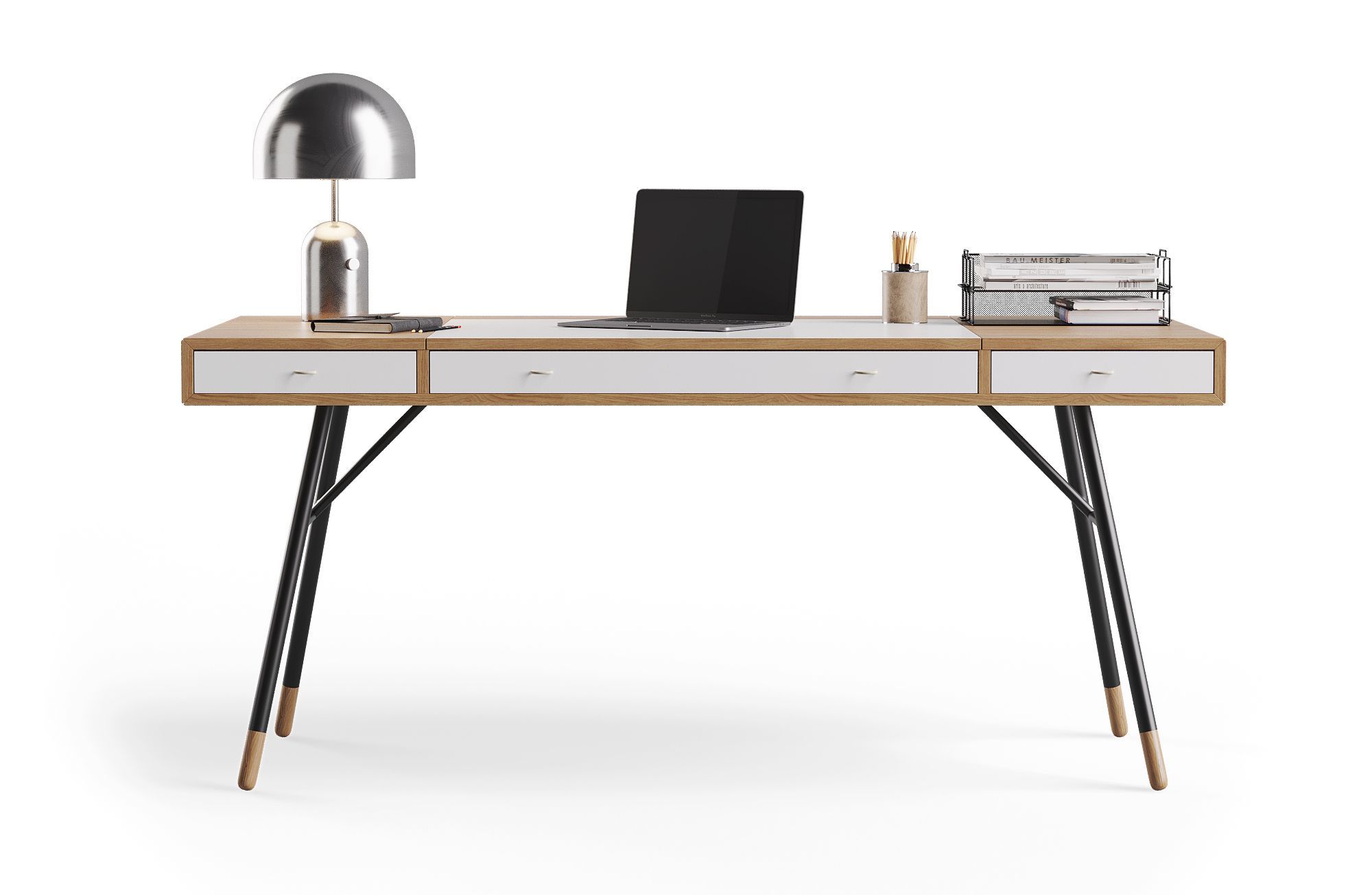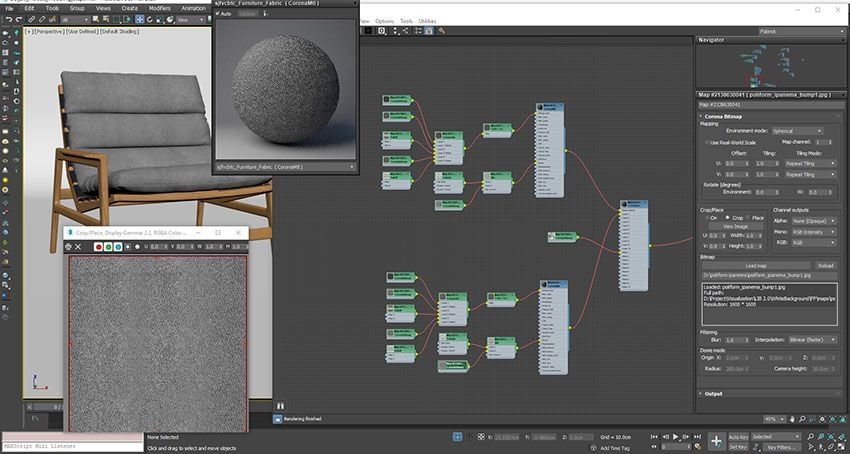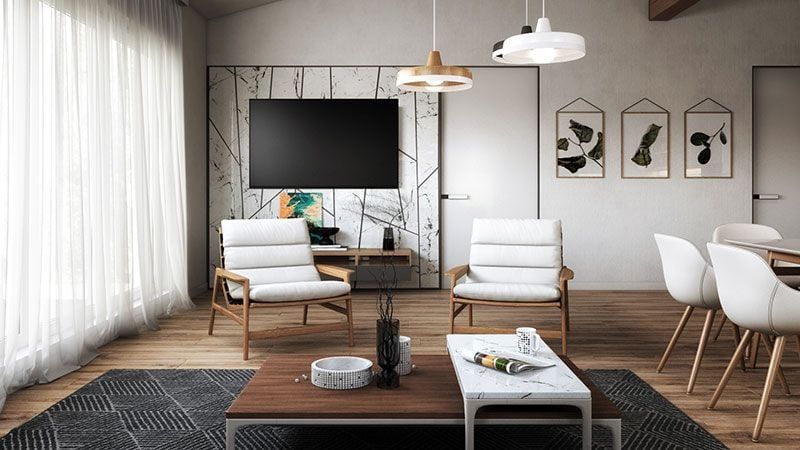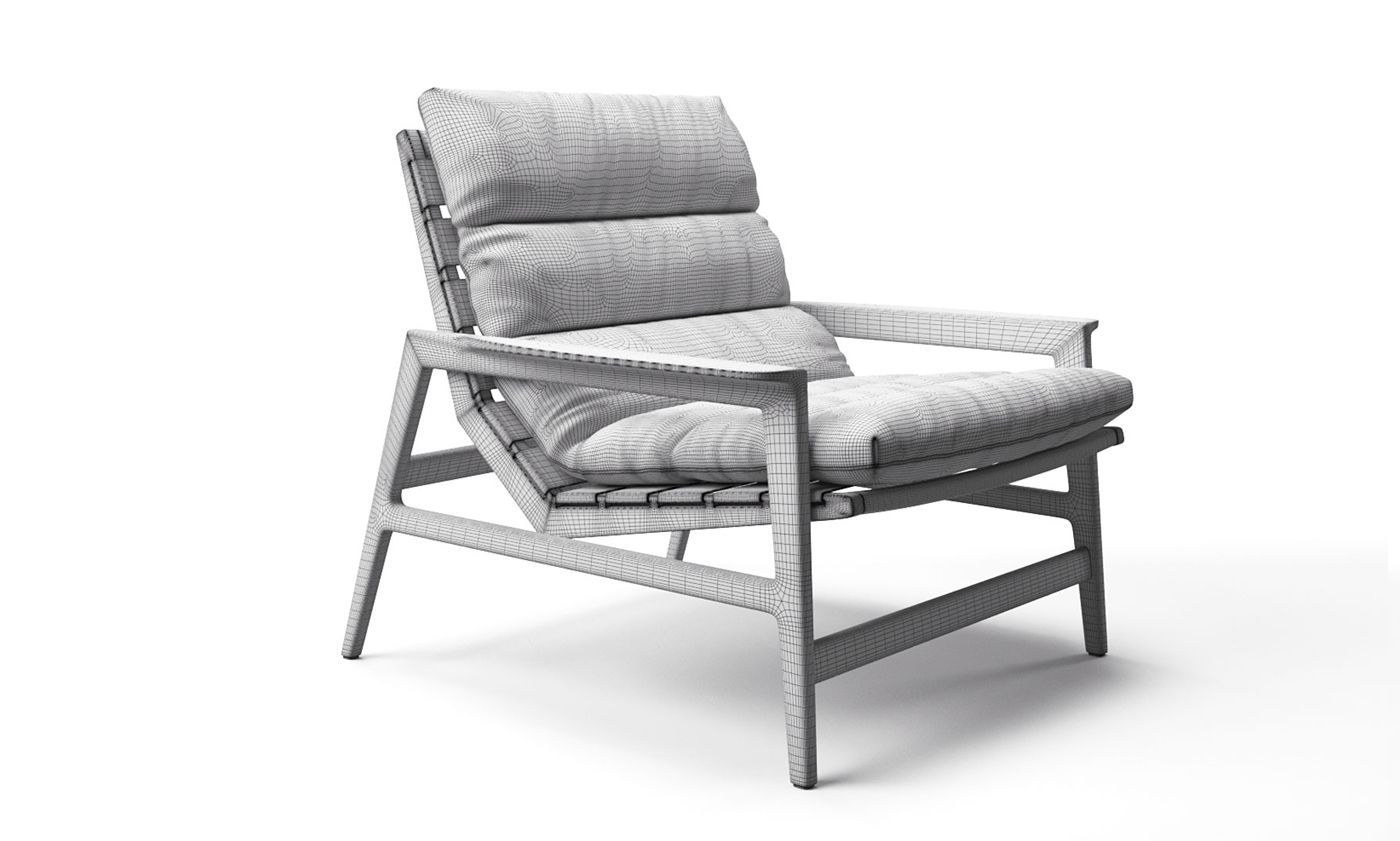With 3D modeling, manufacturers and marketers got plenty of new opportunities for product promo instead of prototyping and old-school photography. See for yourself, 3D models can be used for any CG service — static rendering, 3D configurators, animation and even interactive VR/AR applications. The only difference is that you need high-poly models for certain tasks and low-poly ones for others.
Thankfully, a multidisciplinary 3D modeling company can deliver any type of 3D model equally quickly and save them in universal 3D formats like obj, max, fbx, blend, mtl , etc. Moreover, client managers are always online to consult clients on CG services and help to choose the right type of modeling.
So what are low-poly and high-poly models and what’s the difference between them? Both terms come from polygon modeling that is based on building 3D models from polygons. Those are small closed geometric shapes that are combined into one mesh that works as a surface of 3D objects. So, logically, high-poly models are made of many polygons while low-poly contain fewer of them.
In this article, we explain the 5 basic differences between high-poly models and low-poly ones so you will be able to figure what you need to order in advance. Read on!
Static and Motion Usage

First, let’s get into the appliance of 3D models because their structure directly depends on it. High-poly models, in particular, work great for static HR renders — lifestyle images, silo renders, close-ups, cut-outs, as well as for featured animation with zoom effect. Those are CGI of the highest quality so such models should be very detailed and meticulously made.
As for low-poly ones, they are used for motion CG imagery, such as interactive 360 view product photography, 3D configurators, games, and AR/VR imagery. These models must effectively work with rendering and gaming engines. Therefore, they should consist of a small number of polygons so that any app can process them in no time.
The Complexity of the Geometry
The geometry of high-poly models is very complex as it consists of many polygons of different shapes, especially, when it comes to curved objects. In this case, CG artists carefully build the geometry and check it several times to avoid errors in high-poly modeling, such as chipping, visible seams, holes in the surface, etc.
Low-poly models are simpler in geometry and have fewer polygons in them. This property of such 3D objects allows them to work in apps and on all digital platforms. For that, 3D modelers additionally optimize the geometry by doing retopology.
To put it simply, 3d Max retopology means reducing the number of polygons in the mesh. The average-sized 3D object is made of thousands of polygons, i.e. vertices and faces that form a mesh. This makes it difficult to texture and render it without flaws. Retopology makes 3D models smoother and lighter so that the object can be rendered quickly while remaining highly detailed visually.
Detalization
Thanks to advanced geometry, high-poly models can be meticulously detailed with various ornaments, additional decor, intricate design elements, etc. Naturally, such a 3D model looks more realistic, hence exquisite. Precise detailing is especially important for complex 3D models for your furniture with inlay, forging, carvings, etc. With such complex objects, CG specialists always do retopology even for high-poly 3D models for static CGI.
As for low-poly objects, they can’t be hyper-detailed. If your furniture has lots of details and fittings but you need it for a 360° view or a 3D configurator, CG artists have to additionally retopologize a 3D model. Otherwise, their size will be too large and the engine won’t be able to render them in real-time.
Texture Quality

Texturing high-poly models is a tricky process as it includes using various texture maps for realistic results. A professional 3d rendering firm can ensure that these textures are applied with precision, matching the intended materials and finishes exactly. If you need high-poly 3D objects, provide CG artists with HD photos of texture samples. The latter, in turn, can create a texture from scratch or find similar material in their library. Regardless of making custom textures or using ready samples, the resulting textures will look perfect even in HR render images.
Materials and textures for low-poly objects can’t be that complex, otherwise, they will take too long to render. So, usually, CG modelers “bake” textures to preserve the visual aspects of the material while reducing the number of texture maps to a minimum. This way low-poly 3D models will be lightweight but realistic at the same time.
Processing/Rendering Time

Of course, high-poly models take longer to render than low-poly models due to complex geometry, textures, and details. The thing is, the rendering engine has to calculate the light refraction from every surface and all edges of the high-poly 3D object. Therefore, making a final image may take time but the result will be highly photorealistic.
To accelerate the process, CG artists often use render farms, especially, for product animation or a huge number of images. Render farms, being clusters of connected computers, allow for rendering to go many times faster. Some CG studios, like ours, have their own render farms so your large-scale projects can be done literally in a day or two.
Low-poly models are optimized for quick or even real-time rendering, so all of their components are simple and light. Thereby, they can be instantly processed by game engines, various VR/AR applications, etc. Surely, the creation of such models depends on the design of the product but the average turnaround time is one working day. Consider contacting managers to know the precise TAT of your project.
In fact, there is no competition between high-poly models and low-poly ones, it is just that each type of 3D model serves a different purpose. High-poly objects are complex in terms of geometry, details, and textures. Therefore, they work great for HR product renders for catalogs, adverts, listings, and such. As for low-poly models, CG artists use them for motion CG solutions, VR/AR apps, and games as they are lightweight and require less processing time.
Need 3D models for your promo and marketing? Contact us right now for 3D modeling services, and our CG artists will make quality high-poly or low-poly models for any type of product!
